Oxford Nanopore Technologies' MinION sequencer was launched in pre-release form in 2014 and represents an exciting new sequencing paradigm. The device offers multi-kilobase reads and a streamed mode of operation that allows processing of reads as they are generated. Crucially, it is an extremely compact device that is powered from the USB port of a laptop computer, enabling it to be taken out of the lab and facilitating previously impossible in-field sequencing experiments to be contemplated. Many of the initial publications concerning the platform focussed on provision of tools to access and analyse the new sequence formats and then demonstrating the assembly of microbial genomes. More recently, as throughput and accuracy have increased, it has been possible to consider work involving more complex genomes and metagenomes. With the release of the high throughput GridION X5 and PromethION platforms the sequencing of large genomes will become more cost efficient, and enable the leveraging of extremely long (>100kb) reads for resolution of complex genomic structures. This review provides a brief overview of nanopore sequencing technology, describes the growing range of nanopore bioinformatics tools and highlights some of the most influential publications that have emerged over the last two years. Finally, we look to the future and the potential the platform has to disrupt work in human, microbiome and plant genomics.
